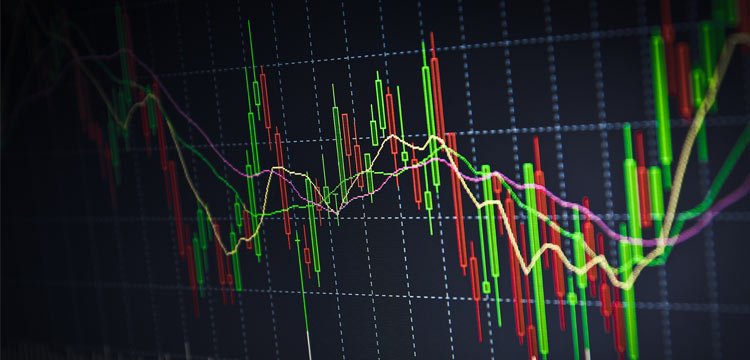
- US Core PCE index could attract greater attention with an impact on the dollar index
- Eurozone flash CPI closer to ECB’s target; EURUSD unlocks 1.1200
- Japan’s Tokyo CPI might stay put; USDJPY heads south
US core PCE inflation –> US dollar index
The release of the US Core PCE price index for July this Friday will provide crucial insights into the underlying inflation trends. The core PCE index, which excludes volatile food and energy prices, is a key measure closely monitored by the Federal Reserve. The index held steady at 2.6% year-over-year in June, with an expected rise to 2.7%. This data will be pivotal in shaping the Fed’s monetary policy decisions, especially with the upcoming September meeting, where a potential rate cut is anticipated.
From a technical perspective, the US dollar index is ticking slightly higher after the drop towards the eight-month low of 100.40. A successful move to the upside could open the way for a retest of the 101.90 resistance level ahead of the 20-day simple moving average (SMA) at 102.40. On the other hand, a slide beneath the 100.30 support, which is taken from the lows in December 2023, could lead the market until 99.25, achieved in July 2023. It is also noteworthy that the 50- and 200-day SMAs posted a bearish crossover.
Eurozone preliminary inflation –> EURUSD
On Friday, the Eurozone will also release its preliminary inflation data for August. In July, the annual inflation rate in the Eurozone was 2.6%, up from 2.5% in June, and is expected to tick down to 2.2% in August, bringing it closer to the ECB’s 2% goal. This upcoming release will be closely watched by the European Central Bank (ECB) as it considers its next moves on monetary policy. The data will help gauge whether inflationary pressures are easing or persisting, influencing decisions on interest rates and other economic measures.
EURUSD flew to a new 13-month peak of 1.1200 earlier today but is currently easing somewhat. The bullish structure, which started with the bounce off 1.0775, helped the market add more than 4% and switch the broader outlook to bullish. Immediate resistance could come from the July 2023 peak at 1.1275, ahead of 1.1390, taken from the top in February 2022. Alternatively, a retreat to the downside could drive the bears to rest near the 1.1050 support before fighting with the 20-day SMA at 1.0990.
Japan CPI –> USDJPY
On Thursday, Japan will release its latest inflation data, which is expected to provide crucial insights into the country’s economic trajectory. The Tokyo core CPI data is predicted to remain unchanged at 2.2% y/y in August.
At its July meeting, the Bank of Japan raised interest rates and stated that it would gradually cut asset purchases in half, finally striking a nerve with investors about the end of Japan’s ultra-loose monetary policy. By year’s end, the Bank of Japan is likely to have raised interest rates a total of three times. Although the Bank is worried about the present market volatility, Governor Ueda has signalled that additional rate hikes may be forthcoming if inflation and the economy stay on course.
USDJPY looks to be bearish after a descent from the 38.2% Fibonacci retracement level of the down leg from 161.94 to 141.60 at 149.50, which coincides with the long-term broken ascending trend line. Still, the pair’s signs are negative, with the first support coming from the more-than-seven-month low of 141.60. Even lower, the December 2023 trough of 140.20 may pause negative actions. In the positive scenario, a climb beyond 144.50 could meet the 23.6% Fibonacci at 146.45 and the 20-day SMA at 146.80.
Source by: XM Global

